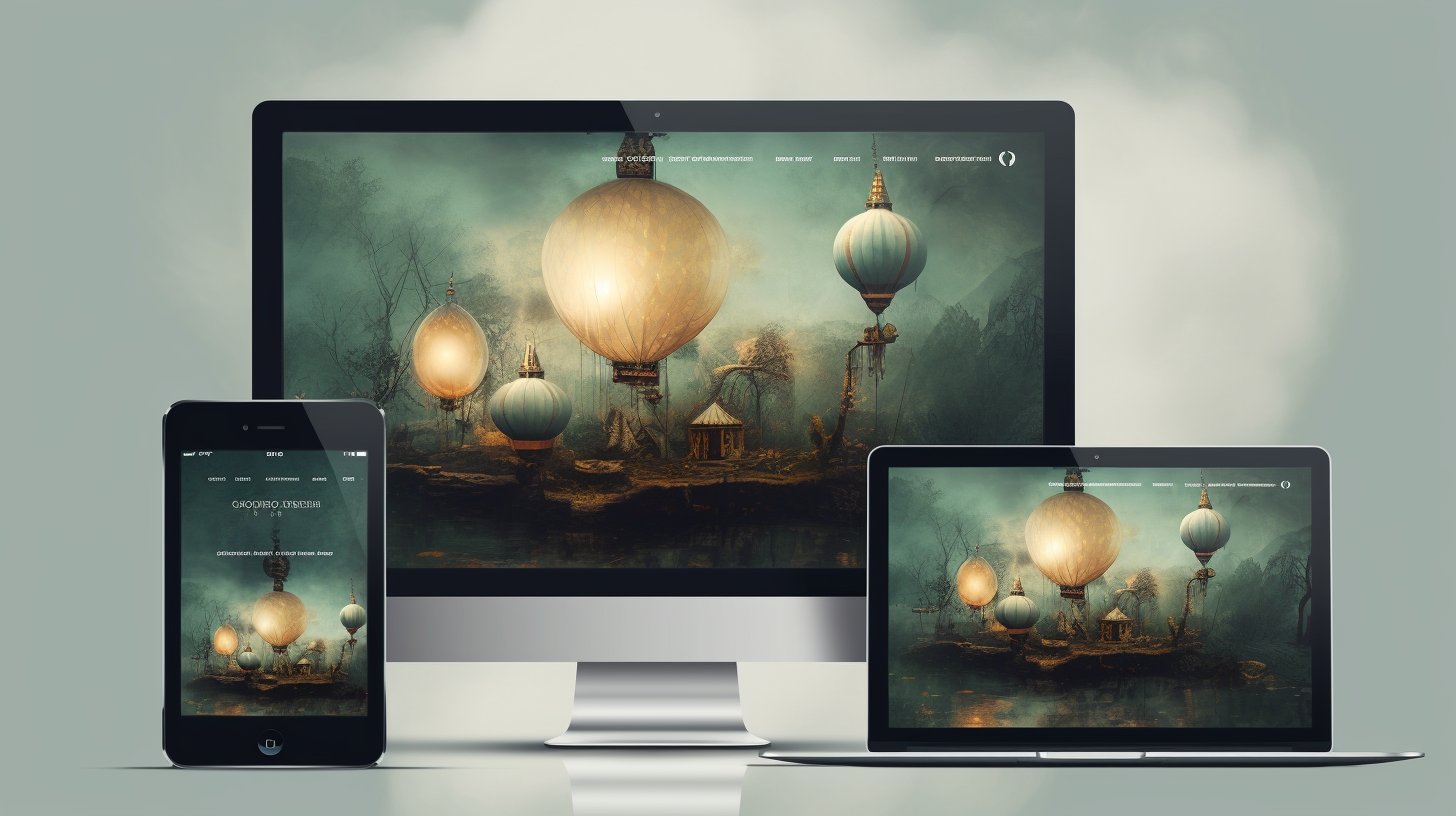Let’s dive into the essential considerations for undertaking a website redesign. There are both minor and major technical issues, ensuring mobile readiness, optimizing for search engines, and possibly migrating to a more reliable platform, such as WordPress. Understanding these key aspects is vital for a successful redesign and enhanced user experience.
A client need to consider these things:
- Fix existing minor technical shortcomings. Some sites go on for a number of years with technical frustration. A redesign should clean house to get rid of these small issues. Through technological improvements, it should be possible to fix most lingering issues.
- Fix existing major technical shortcomings. What was impossible 10 years ago, may be easy in 2022. As the Web matures, more businesses are getting online. Even an obscure requirement can be a need shared by hundreds or thousands of other websites. That leads to products (plugins, services) that could be easily implemented to address a major technical need.
- Make the design mobile-ready / responsive. The majority of web visits come from mobile devices. If a site is not optimized for mobile, that could put off many of your potential visitors. Factor in only designs that consider mobile and tablet users.
- Improve the site’s search engine functionality and share-ability. Many people discover websites via search engines and social media shares. A plugin like Yoast’s WordPress SEO plugin can be set-up and used to make a website easy to share and attractive when shared.
- Move away from a problematic platform. As time passes, some website building tools gain popularity. Some products diminish in popularity. Likewise, some platforms can come up short over time: too few features; too expensive, etc.. Our platform of choice is WordPress: it’s easy to use, easy to deploy, popular, and inexpensive. By contrast, we have been helping clients convert their Drupal websites to WordPress as lots of our clients which to move away from that platform.
Some features to modernize the look, feel and functionality of a website, which a web designer or developer could implement.
- Responsive Design: Ensure that the website is responsive, meaning that it adjusts well to different screen sizes. This is essential as many users access websites through mobile devices.
- Clean Layout: Use a clean and simple layout. Modern web design favors simplicity with ample white space. Focus on presenting information clearly and avoid clutter.
- Navigation: Improve navigation by using a sticky header. This means that the menu remains at the top of the screen as the user scrolls down. Also, make sure that the menu items are clear and logically structured.
- Typography: Use modern fonts and ensure that the text is readable. Stick to 2-3 font types max. Use one for headings and the other for the body text.
- Color Scheme: Opt for a contemporary color scheme that reflects the brand identity. For a fishing charter, colors like shades of blue and green might be appropriate.
- High-Quality Images: Replace any outdated or low-quality images with high-resolution pictures. Additionally, incorporating videos or a gallery to showcase the fishing experiences can be visually engaging.
- Calls to Action (CTAs): Clearly highlight the call-to-action buttons like “Book Now”, making them prominent and easily accessible.
- Contact Information: Place contact information in the header or footer and include links to social media profiles.
- Testimonials and Reviews: Add a section where clients can leave reviews or read testimonials from previous customers. This builds trust among potential clients.
- Loading Speed: Optimize the website for speed. Ensure that images and videos are optimized for web usage so that they do not slow down the loading time.
- Custom Illustrations and Icons: Introduce custom illustrations or icons that are relevant to fishing to give the website a unique look.
- Blog Section: Integrate a blog section to keep the content fresh and to establish authority in the fishing industry. This can also be beneficial for SEO.
- Integration with booking systems: If not already integrated, add an online booking system for ease of reservation.
- Security: Ensure that the website uses HTTPS for security. This is especially important if users are entering personal information or making payments.
The elements to a successful redesign project:
- Homework. Look at the current website and compare it with websites that are doing things better.
- Surveys. Solicit input from your staff and customers. Draft up a short survey to ask them some key questions about how they use the current site and what they wish the new site could do.
- Planning. Distill your input, your needs and what competing websites are doing. Develop a list and organize the features into three categories: “Needs, Nice, Nuts.”
Needs are elements that have to be part of the new design or the project is a failure. Nice elements are features that would improve things but could be prohibitively expensive. Let a developer come back with an idea of how much a “nice” feature costs. “Nuts” is just that. What a feature that seems too crazy to accomplish? Ask for that feature as an optional element. Like the nice list, if the expense is prohibitive or really problematic, drop it from the project planning.
Work with finite goals. Establish what your constraints are in terms of a launch date for the redesign, the cost of the redesign, and how much time your staff can devote to the project. When it comes to deadlines, if the release is tied to some major initiative like a product launch, build in some buffer between the launch of the website and the initiative it is linked to.

